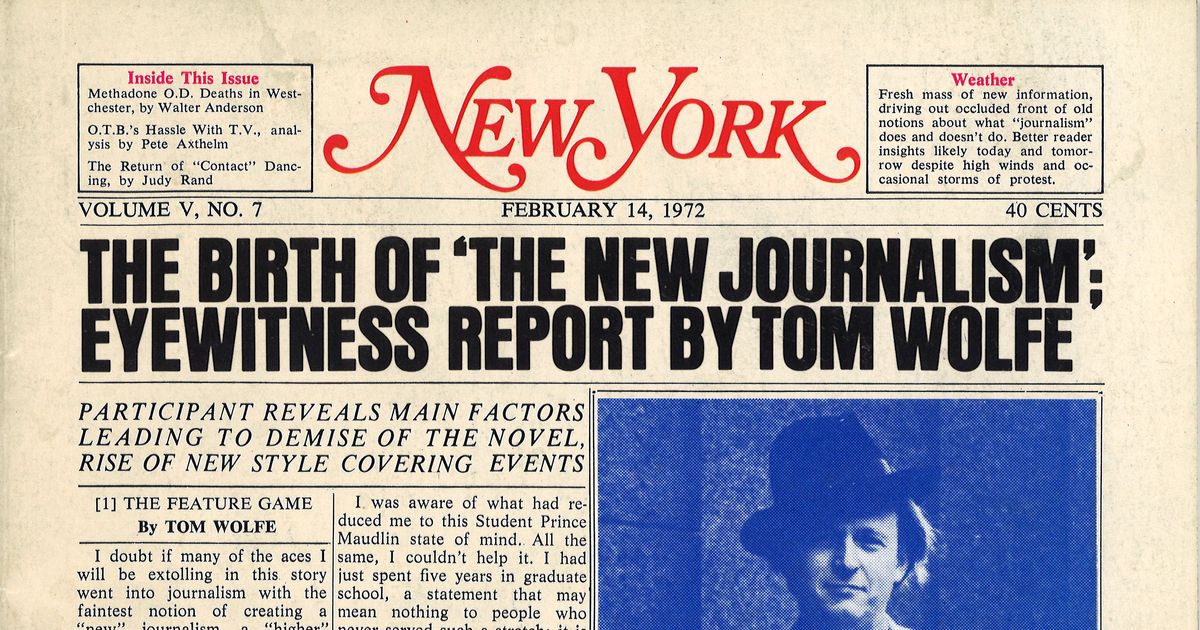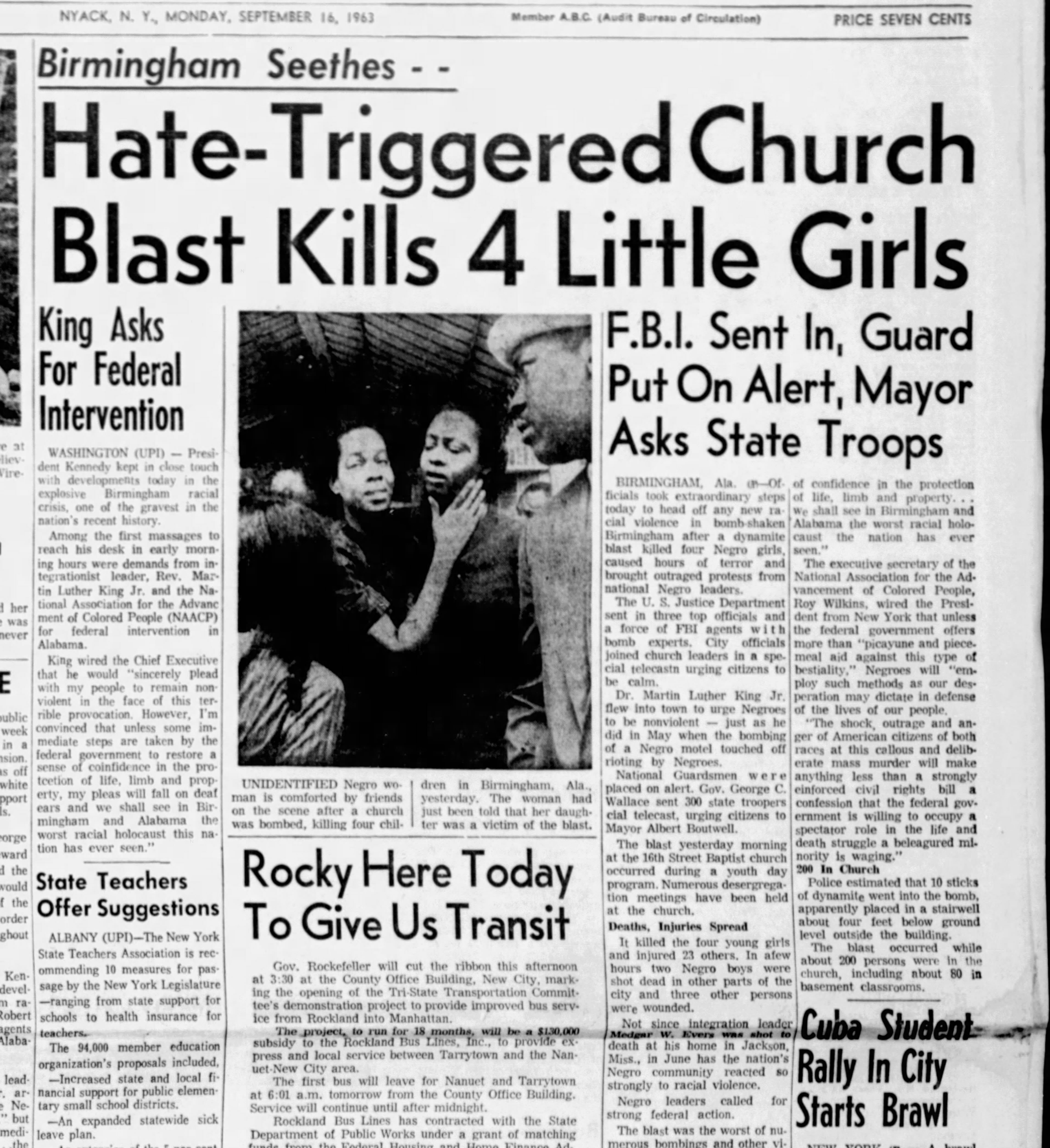The Ultimate Guide To News Articles
The Ultimate Guide To News Articles
Blog Article
The Definitive Guide for News Articles
Table of ContentsThe 3-Minute Rule for News ArticlesNews Articles Fundamentals ExplainedThe 25-Second Trick For News ArticlesThe 7-Second Trick For News ArticlesGetting The News Articles To Work
Great knowledge of various subjects provides students an affordable side over their peers. Even though digital and social networks are conveniently obtainable, we ought to not fail to remember exactly how important it is to check out the papers. Parents need to attempt and inculcate the practice of checking out a newspaper as an everyday routine to continue the heritage of the revered print tool.News stories likewise consist of at the very least one of the following important characteristics relative to the designated target market: distance, importance, timeliness, human passion, oddity, or repercussion.
Within these limitations, news stories also intend to be thorough. Amongst the larger and much more reputable papers, justness and equilibrium is a major aspect in presenting info.
Newspapers with a worldwide target market, as an example, have a tendency to utilize a much more formal style of writing. The particular selections made by an information outlet's editor or editorial board are usually gathered in a design overview; typical style overviews include the and the United States News Design Book. The major objectives of news writing can be summarized by the ABCs of journalism: accuracy, brevity, and clearness.
Rumored Buzz on News Articles
Generally, journalists will certainly not use a long word when a brief one will certainly do. They use subject-verb-object building and construction and vivid, active prose (see Grammar). They supply anecdotes, instances and allegories, and they rarely rely on generalizations or abstract concepts. Information writers try to prevent making use of the very same word more than as soon as in a paragraph (in some cases called an "resemble" or "word mirror").
Headlines in some cases leave out the topic (e.g., "Leaps From Watercraft, Catches in Wheel") or verb (e.g., "Feline female lucky"). A subhead (additionally subhed, sub-headline, subheading, caption, deck or dek) can be either a subservient title under the primary heading, or the heading of a subsection of the short article. It is a heading that precedes the major message, or a team of paragraphs of the primary text.

Added signboards of any of these kinds might appear later on in the short article (particularly on subsequent web pages) to lure more analysis. Such signboards are additionally made use of as pointers to the write-up in various other areas of the publication or website, or as advertisements for the piece in other publication or websites. Normal structure with title, lead paragraph (recap in vibrant), various other paragraphs (information) and call info.
Example of a hard-lead paragraph NASA is recommending an additional room task. The budget requests approximately $10 billion for the project.
An "off-lead" is the 2nd most crucial front page news of the day. To "bury the lead" is to begin the write-up with background info or information of additional relevance to the readers, forcing them to read even more deeply into a post than they must have to in order to find the important points.
Facts About News Articles Uncovered
Typical use is that a person or 2 sentences each develop their own paragraph. Reporters normally explain the organization or structure of a newspaper article as an inverted pyramid. The vital and most interesting elements of a story are placed at the beginning, with sustaining details following in order of diminishing importance.
It allows people to explore a subject to only the depth that their interest takes them, and without the charge of details or subtleties that they can think about visite site irrelevant, but still making that information readily available to a lot more interested viewers. The upside down pyramid structure also enables articles to be cut to any approximate length throughout layout, to fit in the space readily available.
Some authors begin their stories with the "1-2-3 lead", yet there are many kinds of lead available. A kicker can refer to multiple things: The last tale in the news broadcast; a "happy" tale to finish the program.
Longer articles, such as magazine cover articles and the items that lead the inside areas of a paper, are called. Function stories differ from straight information in numerous ways. Foremost is the absence of a straight-news lead, a lot of the moment. As opposed to using the significance of a tale in advance, attribute authors may attempt to lure readers in.
Rumored Buzz on News Articles
The reporter usually details communications with meeting subjects, making the item a lot more personal. A feature's very first paragraphs usually relate an intriguing minute or occasion, as in an "anecdotal lead". From the details of an individual or episode, its view quickly broadens to generalities about the story's subject. The area that signifies what a function is around is called the or billboard.

The Editor's Toolbox: A Referral Guide for Beginners and Professionals (2001) Allan M. Siegal and William G. Connolly. The New York Times Guidebook of Style and Use: The Official Style Overview Made Use Of by the Writers and Editors of the World's Most Reliable Paper (2002) M. L. Stein, Susan Paterno, and R.
Report this page